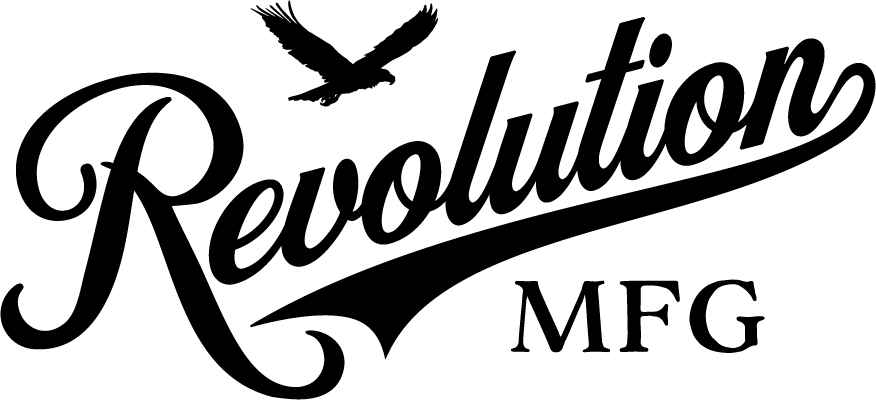Decal Application
DECAL APPLICATION
Your new decal will consist of 3 components: the backing paper, the printed vinyl graphic, and the transfer tape.
First choose a smooth, non-porous surface for your decal.
Remove any dirt, oil, or debris by cleaning the area with rubbing alcohol and a lint free cloth.
Remember, making sure that the surface is clean and lint free will help ensure a smooth, bubble free application.
After the area is cleaned, the decal needs to be removed from the paper backing. The recommended way to do this is to place the decal face down one a hard, flat surface.
Start by pulling the paper backing from one corner as shown. We recommend to start peeling where the vinyl is the most solid to avoid any damage to the decal while removing the backing paper. (In our example, we would start peeling near the base of the deer skull where the vinyl is more solid instead of starting to peel near the antlers where the vinyl is cut out and thin)
Once the decal has started to release from the backing paper, continue to SLOWLY peel the backing paper off to get a clean release from the decal.
If you notice that parts of the decal do not want to release from the backing paper:
1. Stop peeling and allow the backing paper to lay back down onto the decal.
2. Flip the whole thing over.
3. Use a squeegee or plastic card to firmly rub over the transfer tape in those areas.
4. Repeat the process of peeling the backing paper.
Once the backing paper has been successfully removed, your decal will look like the image on the right.
The gray side of the decal is the pressure sensitive adhesive (the sticky side).
Be sure to keep this side clean!
Dust, lint, and debris on this side can cause bubbles and imperfections under the decal.
Begin applying the decal by applying pressure from one side to the other with a squeegee (as shown) or a plastic card.
This will help prevent air bubbles from getting trapped under the decal.
Once the decal is completely down on the application surface, apply firm pressure with a squeegee (as shown) or plastic card, working the decal from the middle out in all directions. This will set the pressure sensitive adhesive and adhere your decal to the application surface.
Begin to peel the transfer tape off, using the same method used to remove the backing paper. We recommend to start peeling where the vinyl is the most solid to avoid any damage to the decal or to avoid the decal lifting up while removing the transfer tape. (In our example, we would start peeling near the base of the deer skull where the vinyl is more solid instead of starting to peel near the antlers where the vinyl is cut out and thin)
Always try to determine the best peeling direction for your individual decal before starting to remove the transfer tape. If you have any questions or concerns about the best way to apply the specific decal you purchased, please feel free to reach out to us and we will do our best to assist you.
While SLOWLY removing the transfer tape, make sure to peel it back at an angle while keeping it relatively flat (as shown). This can help the tape to release better from both the decal and the application surface.
Remember, try to peel the tape in a way that there are no thin areas of the decal in the direction you are pulling. (In our example to the right, you would not want to be pulling from the top edges where the antler points are. It is recommended to peel the tape in the opposite direction of these thin, cut out areas.
Continue to SLOWLY peel the application tape off the rest of the decal.
If you notice any parts of the decal beginning to lift off of the surface:
1. Stop peeling and allow the transfer tape to lay back down onto the decal.
2. Use a squeegee or plastic card to firmly rub over the transfer tape in those areas.
3. Repeat the process of peeling back the transfer tape.
Complete the application of your new decal by carefully applying LIGHT pressure from the middle outward in all directions with a squeegee or plastic card.
This will finish setting the vinyl's pressure sensitive adhesive and can help remove any air bubbles that may have gotten trapped.
For any air bubbles that you are unable to push out, we recommend using a small straight pin to poke the bubble. Then apply pressure on the area with a squeegee or plastic card to smooth out the bubble.
